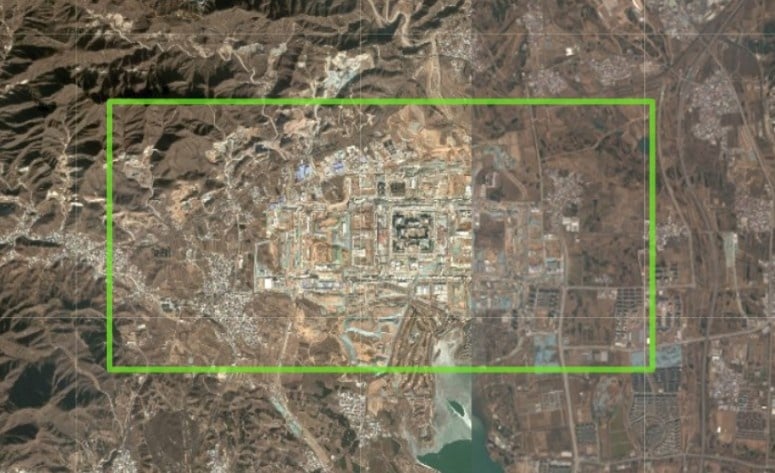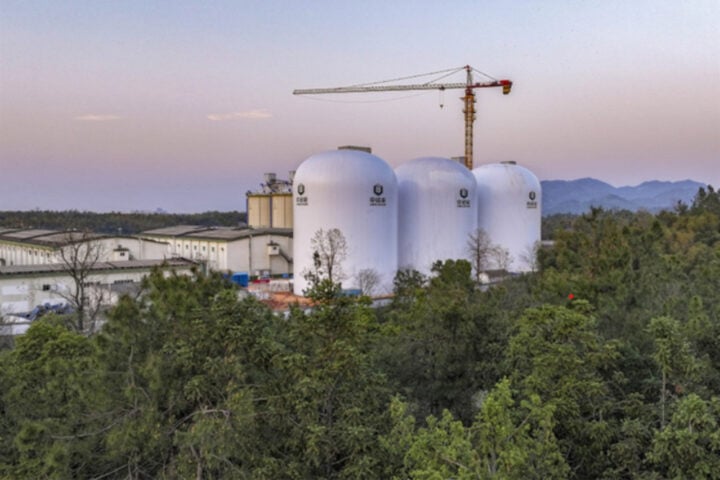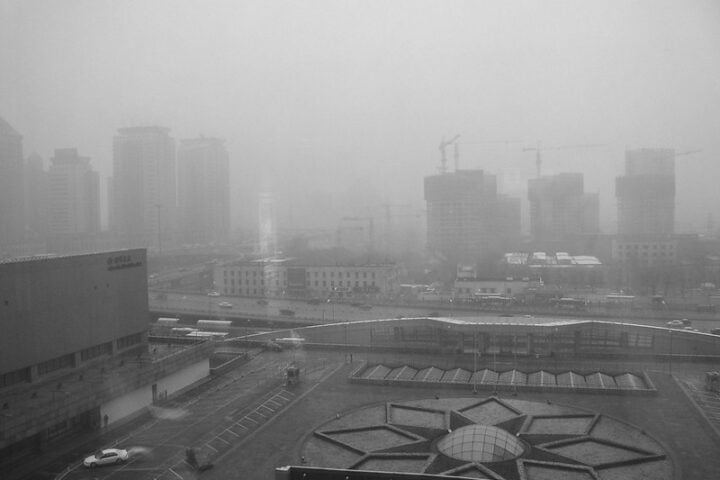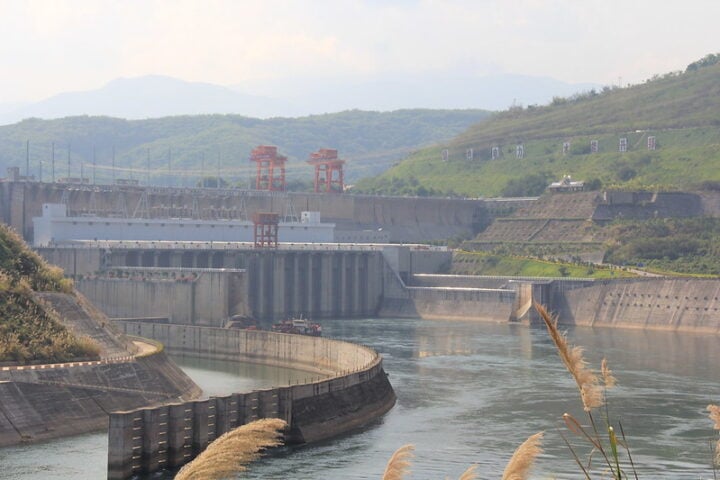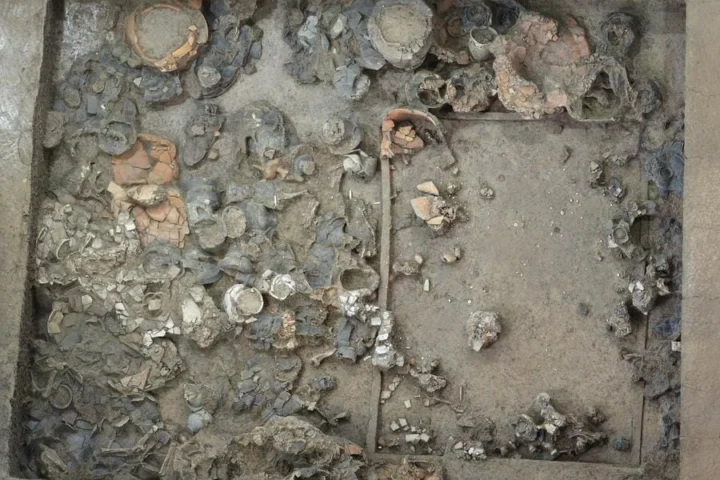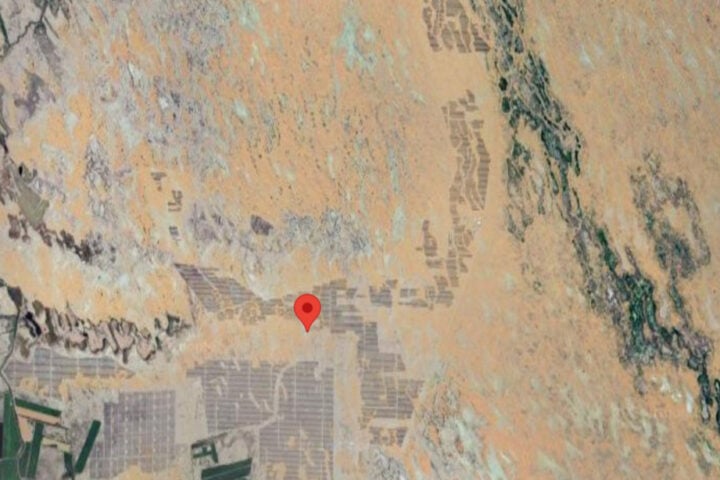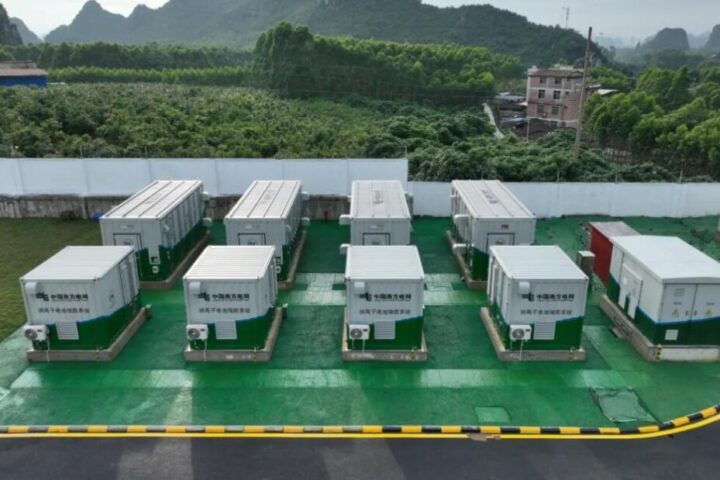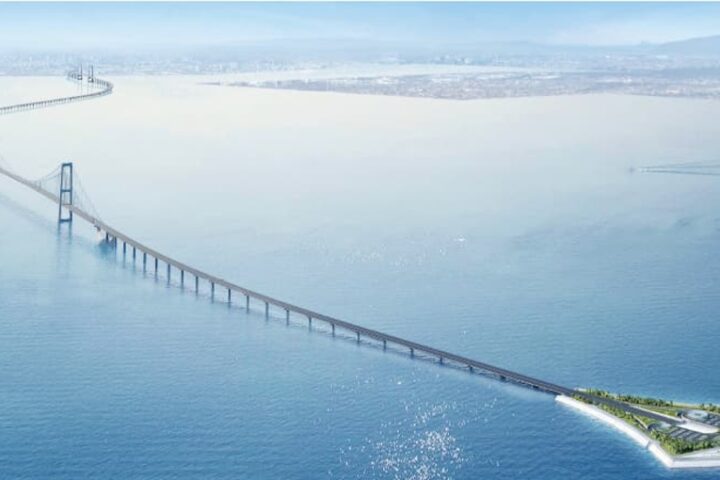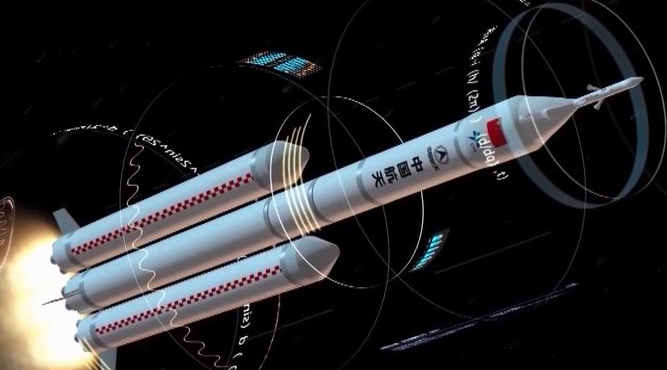China’s military planners are constructing what many consider the world’s largest underground command center – a hardened facility sprawling across 1,500 acres southwest of Beijing. This complex, roughly ten times the size of the Pentagon, represents a significant advancement in China’s strategic infrastructure.
Construction crews broke ground in mid‑2024 near the Chongqing Reservoir area, about 20–30 kilometers from Beijing. The facility aims to replace the aging Western Hills command center as the wartime headquarters for the People’s Liberation Army and serve as a nuclear‑hardened bunker.
“Significant progress has been made in national defense and military affairs,” states China’s draft government work report, justifying the 1.784665 trillion yuan ($249 billion) defense budget allocated for 2025, which marks a 7.2 percent increase from the previous year.
The timing is no coincidence. The project aligns with preparations for the PLA’s centenary in 2027 – a milestone in China’s military modernization roadmap that envisions “mechanization by 2020, full informationization by 2035, and world‑class force status by mid‑century,” according to the 2019 defense white paper.
CONSTRUCTION TIMELINE REVEALED BY SATELLITE IMAGERY
Satellite imagery from Maxar shows the evolution of this massive project over several years. In February 2022, the site north of the Chongqing Reservoir appeared largely residential with substantial open land areas. By February 2023, imagery revealed the area had been cleared of residential buildings, apparently in preparation for the military complex construction. The most dramatic transformation appears in satellite photos from June 2024, showing new tunnels and roadways surrounding a central block of land, likely reserved for the main complex building. The Financial Times first reported on the complex’s construction in January, publishing satellite images that showed the site spanning nearly 2.5 miles.
HARDENED INFRASTRUCTURE AND SURVIVABILITY FEATURES
The command center incorporates extensive tunneling and fortified chambers designed to withstand conventional and nuclear strikes. Engineers have likely implemented designs influenced by Cold War‑era subterranean defense strategies, particularly those pioneered by Chinese engineer Qian Qihu who specialized in creating deep bunkers resistant to penetrating munitions.
The facility will feature communications systems that align with the white paper’s emphasis on creating “informationized” forces capable of operating under extreme conditions.
Security measures include strict no‑fly zones enforced through China’s Civil Aviation Administration regulations. All unmanned aerial vehicles weighing 250+ grams must register with real‑name identification, with non‑compliance bringing severe penalties. Since January 2024, additional operation‑identification requirements and enhanced restrictions over sensitive zones have been implemented.
STRATEGIC SIGNIFICANCE IN CHINA’S DEFENSE POSTURE
This command center doesn’t stand alone but forms a critical node in China’s broader network of underground strategic facilities. Similar to the Longpo Naval Base on Hainan Island, which houses submarine pens within mountain caverns, this complex represents China’s commitment to protecting command‑and‑control assets through hardening and concealment.
The facility’s development coincides with China’s expansion of its nuclear capabilities. Over 100 individual ICBM silos across three new fields have been developed since 2021, supporting a shift toward a more responsive launch posture as detailed in the 2024 U.S. Department of Defense China Military Power Report. China’s nuclear warhead count has grown to approximately 600 operational warheads as of mid‑2024, with projections suggesting this number could reach 1,000 by 2030.
Despite this military buildup, China maintains its unconditional “no‑first‑use” nuclear policy in official statements. The 2019 defense white paper characterizes China’s approach as focused on “reasonable and appropriate” spending for defensive modernization and “integrated mechanization‑informationization.”
ENVIRONMENTAL CONSIDERATIONS AND LOCAL IMPACT
The project’s development is subject to China’s Environmental Impact Assessment Law (amended 2016), which requires comprehensive environmental reviews to predict impacts and propose mitigation measures for large‑scale construction projects.
The Environmental Impact Assessment Law requires “objective, public‑participation‑oriented appraisals” for construction projects to predict impacts and propose mitigation measures.
LABOR, SUPPLY CHAINS, AND CONSTRUCTION LOGISTICS
The massive excavation and construction effort utilizes a blend of domestic and specialized imported resources. State procurement regulations mandate using local steel and concrete while allowing defense‑industry exemptions for specialized tunneling machinery and high‑pressure grouting systems.
Satellite imagery indicates construction activities at the site, with coordination between civil authorities and the Central Military Commission’s construction office.
COMMAND INTEGRATION AND FUTURE OPERATIONS
By the PLA’s centenary in 2027, military doctrine envisions this facility serving as the nerve center for “joint operations under unified command” during high‑intensity conflicts. The underground complex will link all theater commands, the Rocket Force, and Strategic Support Force through hardened communications networks.
The facility is expected to support China’s vision of “information‑centered campaign systems” as outlined in official documents.
RECENT DEVELOPMENTS AND INTERNATIONAL REACTIONS
Chinese officials have maintained public silence regarding the facility, while continuing their broader military modernization narrative. In March 2025, Premier Li Qiang emphasized that rising defense spending is “conducive to peace and stability.”
Recent military exercises by China’s Eastern Theater Command around Taiwan, described by spokespersons as “resolute punishment” against separatist activity, demonstrate the type of operations that would likely be coordinated through such hardened command centers during actual conflicts.

LOOKING AHEAD: STRATEGIC IMPLICATIONS
This underground command complex represents more than just concrete and steel—it embodies China’s evolving approach to military strategy, blending ancient principles of concealment with cutting‑edge technology. As regional tensions persist and great‑power competition intensifies, facilities like this will likely play decisive roles in crisis management scenarios.
For Beijing’s military planners, the massive investment in hardened, survivable command infrastructure reflects their approach to national security in the 21st century.
